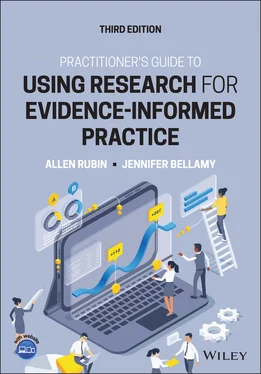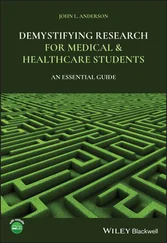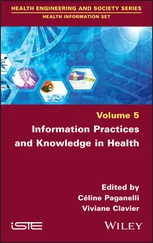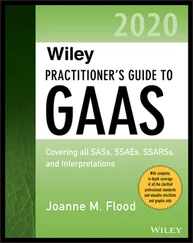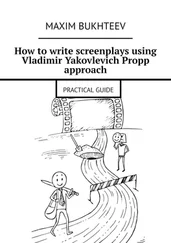Chapter 14examines critically appraising social justice research studies. This is a new chapter, one that emphasizes the importance of being informed by research evidence in making decisions about efforts to promote social justice rather than being guided solely by noble intentions, emotions, or well-meaning ideologies. In addition, much of the content in this chapter examines participatory action research.
Significant Additions to This Edition
Among the changes that have been made in various chapters throughout this edition, the following are the most significant:
Connecting EIP to social justice efforts, the Black Lives Matter movement, and reducing incidents of police misconduct and violence.
Replacing evidence-based terminology with evidence-informed terminology.
Increased attention to the value of limited studies that do not permit conclusive causal inferences, but that do provide enough support for the plausibility of causality when practice decisions do not require the degree of certainty associated with eliminating all threats to internal validity.
Expanded coverage of qualitative methods.
Constructing measurement instruments.
A new chapter on data analysis.
A new chapter on social justice.
Calculating within-group effect sizes and comparing them to benchmarks to assess whether practitioners and agencies are implementing with adequate fidelity interventions that have strong research support in RCTs.
In addition to the various individuals whom we have acknowledged in previous editions of this book, we thank the following people at Wiley who have been particularly helpful in the development of this edition: Monica Rogers (Associate Managing Editor) and Darren Lalonde (Acquisitions Editor).
Allen Rubin, Ph.D.,holds the Kantambu Latting College Professorship for Leadership and Change at the University of Houston Graduate College of Social Work. He has been teaching courses on research and practice evaluation for more than 42 years, including 34 years at the University of Texas at Austin. He is internationally known for his many published books and articles on research methods and evidence-informed practice, and has received various awards for his distinguished career achievements. He was a founding member of and is a Fellow of the Society for Social Work and Research. He is also a Fellow of the American Academy of Social Work and Social Welfare.
Jennifer Bellamy, Ph.D.,is Associate Dean for Research and Faculty Development and Professor at the University of Denver Graduate School of Social Work. Her research focuses on the engagement of fathers in child and family services, child welfare, implementation science, and evidence-based practice. She works with state, federal, and community partners to develop, test, and implement strategies and interventions to better serve fathers in child welfare, home visiting, and community programs. She recently served as Board Member-at-Large for the Society for Social Work and Research (SSWR) and is the Evidence-Based Practice Track Co-Chair for the Council on Social Work Education (CSWE).
ABOUT THE COMPANION WEBSITE
This book is accompanied by a companion website.

www.wiley.com/go/rubin/researchguide3e 
This website includes:
Instructor's Manual
Test Banks
PowerPoint Slides
Sample Syllabi
PART 1 OVERVIEW OF EVIDENCE-INFORMED PRACTICE
1 Introduction to Evidence-Informed Practice (EIP)
1 1.1 Emergence of EIP
2 1.2 Defining EIP
3 1.3 Types of EIP Questions 1.3.1 What Factors Best Predict Desirable or Undesirable Outcomes? 1.3.2 What Can I Learn about Clients, Service Delivery, and Targets of Intervention from the Experiences of Others? 1.3.3 What Assessment Tool Should Be Used? 1.3.4 Which Intervention, Program, or Policy Has the Best Effects? 1.3.5 What Are the Costs of Interventions, Policies, and Tools? 1.3.6 What about Potential Harmful Effects?
4 1.4 EIP Practice Regarding Policy and Social Justice
5 1.5 EIP and Black Lives Matter
6 1.6 Developing an EIP Practice Process Outlook 1.6.1 Critical Thinking
7 1.7 EIP as a Client-Centered, Compassionate Means, Not an End unto Itself
8 1.8 EIP and Professional Ethics 1.8.1 What about Unethical Research? Key Chapter Concepts Review Exercises Additional Readings
You've started reading the third edition of a book about using scientific research evidence to inform your practice decisions that is being written at a time when the COVID-19 pandemic is on the verge of being conquered by vaccines that were developed and evaluated by means of research. So, despite the ambivalence – perhaps even disdain – that some might have about studying research or using it to inform their practice decisions, we must ask: Especially during this post-COVID era, why would any ethical, caring helping professional choose NOT to be informed by research?
If you approach this topic with an open mind, and if you actually look for research evidence that can enhance your practice, you'll find many scientific studies that can help you to become more effective in your practice and to avoid doing harm. Seeking those studies and critically appraising them are part of what is called evidence-informed practice ( EIP ).
The term evidence-informed practice was more commonly called evidence -based practice when it became fashionable near the end of the last century. The main ideas behind it, however, are really quite old. As early as 1917, for example, in her classic text on social casework, Mary Richmond discussed the use of research-generated facts to guide the provision of direct clinical services as well as social reform efforts.
Also quite old is the skepticism about the notion that your practice experience and expertise – that is, your practice wisdom – are by themselves a sufficient foundation for effective practice. That skepticism does not imply that your practice experience and expertise are irrelevant and unnecessary – just that they alone are not enough.
Perhaps you don't share that skepticism. In fact, it's understandable if you even resent it. Despite the existence of research studies showing that some intervention approaches are ineffective and perhaps harmful, students learning about clinical practice have long been taught that to be an effective practitioner, they must believe in their own effectiveness as well as the effectiveness of the interventions they employed. Chances are that you have learned this, too, either in your training or through your own practice experience. It stands to reason that clients will react differently depending on whether they are being served by practitioners who are skeptical about the effectiveness of the interventions they provide versus practitioners who believe in the effectiveness of the interventions and are enthusiastic about them.
But it's hard to maintain optimism about your effectiveness if influential sources – like research-oriented scholars or managed care companies – express skepticism about the services you provide. Such skepticism was catalyzed by a notorious research study by Eysenck (1952), which concluded that psychotherapy was not effective (at least not in those days). Although various critiques of Eysenck's analysis later emerged that supported the effectiveness of psychotherapy, maintaining optimism was not easy in the face of various subsequent research reviews that shared Eysenck's conclusions about different forms of human services (Fischer, 1973; Mullen & Dumpson, 1972). Those reviews, in part, helped usher in what was then called an age of accountability – a precursor of the current EIP era.
Читать дальше
